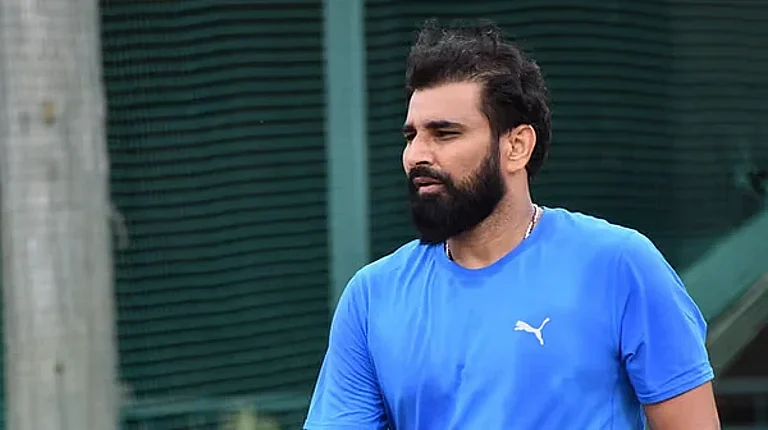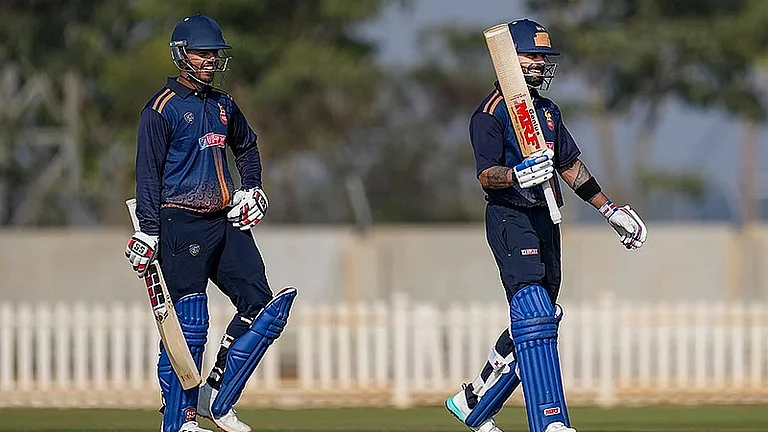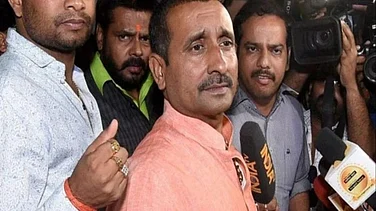On 21 July 2022, India received its first ever female Adivasi President with an overwhelming majority of votes. Droupadi Murmu, who had served as the Governor of Jharkhand during 2015-21 created headlines from the moment the Bharatiya Janata Party (BJP) announced her candidature for presidential elections.
It is worth mentioning here that BJP had supported presidential candidate KR Narayanan in 1997 as well, who was subsequently elected as the first scheduled caste president of India.
What is really significant for us to understand here is that Murmu’s victory is not merely the victory of a specific party to power. Rather its implications can be drawn deep down to the very philosophy of what India as an independent nation has been striving to practically achieve. Whether or not her victory can bring goals of that philosophy to fruition is a matter of time to tell. But at the moment, from the point of view of a modern, multicultural, multi-ethnic nation-state, Murmu’s victory is the victory of representation. She carries the dual identities of marginalisation that have been a hurdle to India’s reputation as an otherwise progressive and rapidly growing position in world politics — gender and ethnicity.
That India is a patriarchal society where gender identities determine one’s access to societal privileges does not require much theoretical explanation. As a basis of stratification, gender has historically, economically, and politically ensured that much of the public domain is always under the control of men. What is much more relevant in Murmu’s candidature, however, is the ethnic identity she is associated with: an Adivasi.
Any perfunctory literature of the independent India would evidence how Adivasi communities have continuously been treated as second-class citizens; marginalized and pushed to the periphery. In fact, much of the educated India might not be even aware of the etymological meaning of the term ‘Adivasis’. They constitute communities with distinctive culture, education and political system. Indeed, the ‘mainstream’ is at fault for forcefully putting the Adivasis on the sidelines and creating a hierarchical access to educational, political, social and economic systems. Only a certain form of knowing, being and thinking has been deemed acceptable in the modern nation-state of India and indigeneity has remained only an exotic term of further othering the Adivasi communities as non-modern.
To add on to that, the excessive need to incorporate the Adivasis into the mainstream has only led to cases of brutalities and atrocities against adivasis over the years. After all, difference breeds contempt and the narrow understanding of unity is only believed to practically thrive in similarities.
Rapid industrialisation led to the ownership of the forest from Adivasis to the state which made them aliens on their own land and termed them as ‘encroachers’. The laws and policies initiated by states are not designed according to the needs of the Adivasis but are based on mainstream assumptions and hence do not contribute to their development. In a nutshell, we can say that those who are still surviving under precarious socio-economic conditions are called ‘Adivasis’.
Soon, an amendment in the existing Forest Conservation Act,1980 is anticipated whereby the hard-earned forest land of the Adivasis can eventually be snatched away and handed over to private companies. The organisations that are dedicated for Adivasi rights have already raised a series of resistance against the recent move by tagging the same as ‘anti-tribal’ and ‘anti-environmental’. But how far are those voices being heard? How many educated people of the non-Adivasi identity actually know or care about them? What makes the struggle even more cumbersome is the fact that the percentage of representation for Adivasi concerns in institutions such as education, judiciary, media and top cadre bureaucracy is alarmingly low.
While delivering the final address in the Constituent Assembly, Dr Ambedkar stated, “We must make our political democracy a social democracy. Political democracy cannot last unless there lies at the base of it social democracy.”
He further said, “Social democracy is a way of which recognises liberty, equality and fraternity as the principle of life. They form a trinity together and one from the other is to defeat the very purpose of Democracy.”
This statement still carries importance after 75 years of independence.
In recent years, through consistent efforts of parties like Republican, BSP and JMM, concerns of the Adivasis have made inroads into national politics. And it has been realised that the ruling powerful elite cannot ignore the voices of the margins since the voice of the subaltern carries the potential of usher in a new paradigm of development altogether. But unfortunately, most of these subaltern voices have only remained limited as micro-struggles. As the case of Dalit politics in post-independent India reveals, it is very easy for these potentially powerful subaltern struggles to be pulled into manipulative politics and opportunistic alliance with the upper caste-parties which had dismantled the very foundation of egalitarian social order. That defeats the cause of the movements altogether and what we are left with is tangled identity politics with no efforts towards true representation.
The election of new President Draupadi Murmu is indeed a cause of celebration. She is the face of hope that has brought some temporary solace to anguished souls concerned about the long-drawn battle of Adivasi representation. Our celebration also, very ironically, points out to the fact of how identity politics —caste, gender, creed, tribe— seems like the reality of our modern nation-state even after seven decades of promising to gradually move away from it. What is even more important, however, is remembering that merely having the first female Adivasi President is not the end of the road for us as a country. It is through her actions, decisions and political assertions as the head of the nation in the consecutive years that this nationwide celebration has to be justified. The thin line between actually representing Adivasi concerns as the torch-bearer or remaining limited to the politics of upper class/caste hegemony over the subalterns needs to be towed carefully. And indeed, it is a difficult position to be in.
We are hopeful of Draupadi Murmu, a former school teacher, a successful governor and now the head of state of the Republic of India to not end up in political tokenism; rather in her spirit as a leader to acknowledge the very idea of ‘social justice’ that most of the Dalits, Bahujans, Adivasis, Maha-Dalits, minorities and a large section of the invisible subaltern population in India are striving for.
We welcome you, Madam President!






















